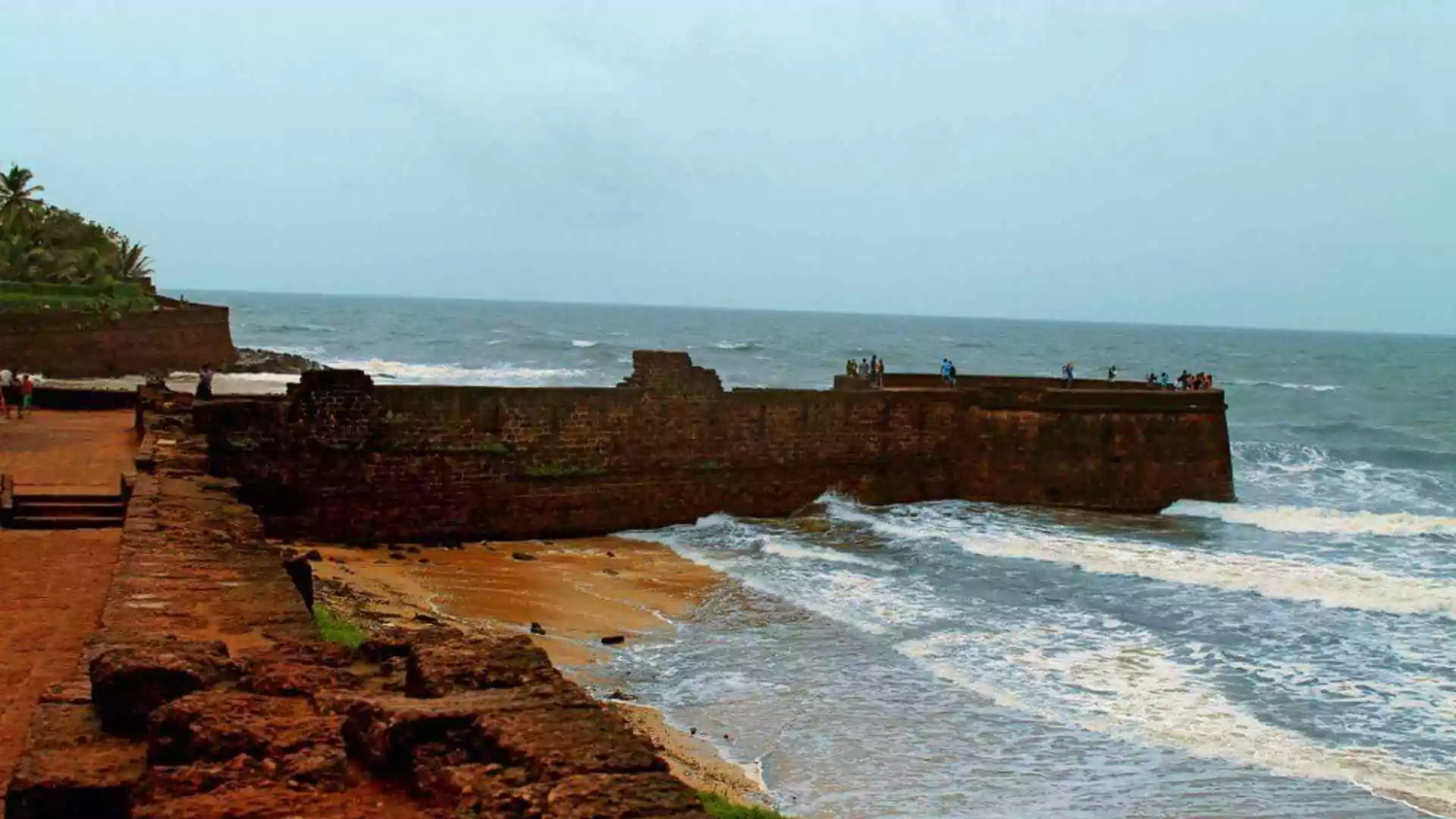China stated that its recent day of war games around Taiwan, a democratically governed region, served as a warning against what it termed “separatist acts.” It also hinted at the possibility of further drills, leading to condemnation from both Taiwan and the United States.
Although the exercises appeared shorter than previous ones, they were marked by intense, swift simulated attacks and the deployment of ships and aircraft. The last major drills in May followed the inauguration of Taiwan’s new president, Lai Ching-te.
Blockades
The Chinese military indicated that part of the drills involved practicing a blockade of a “key port,” intended to disrupt Taiwan’s maritime supply of trade, food, and energy. This was meant to demonstrate China’s capability to halt energy imports, particularly at ports handling liquefied natural gas (LNG), according to Zhang Chi, a military expert from China’s National Defence University. Zhang suggested that such actions could significantly impact Taiwan’s economy and society.
Foreign military experts and analysts are closely watching this aspect of the drills, as such tactics could isolate Taiwan in the lead-up to a potential full-scale invasion. Despite this, Taiwan’s state-run energy company, CPC, reported that LNG imports remained unaffected, dismissing rumors to the contrary as false.
Su Tzu-yun, director of defense strategy at Taiwan’s Institute for National Defence and Security Research, noted that this exercise featured a new focus on blockade capabilities.
Growing Proximity of China
The areas designated for the drills, as shown on a map released by China’s military, were closer to Taiwan than in previous exercises. For the first time, they included regions within Taiwan’s 24-mile (39-km) contiguous zone. Ma Chen-kun, a Chinese military expert at Taiwan’s National Defence University, observed that all drill zones announced by China were closer to Taiwan’s main island than before.
Increased Coast Guard Involvement
China’s coast guard, the largest in the world, played a more prominent role in the recent drills, particularly near the Matsu islands controlled by Taiwan, and operated on both sides of the Taiwan Strait. Taiwanese officials have described this increased activity as part of a “grey zone” strategy—escalating pressure without provoking outright conflict. Analysts believe that the coast guard’s frequent presence near Taiwan and the South China Sea demonstrates this strategy.
Taiwan is particularly concerned about attempts by the Chinese coast guard to board its civilian vessels, which could provoke a strong response from Taiwan’s coast guard, according to Deputy Chief Hsieh Ching-chin. Collin Koh of Singapore’s S. Rajaratnam School of International Studies said the simultaneous patrols of many coast guard ships around Taiwan were unprecedented and could signal a new form of ongoing pressure from Beijing.
Propaganda by China
In previous drills, China often released military videos depicting missile attacks on Taiwan. This time, a video caricatured Taiwan’s President Lai Ching-te with devil-like features, in what was seen as an unusually personal attack. In addition, China released two videos featuring navy sailors discussing weather conditions and their proximity to Taiwan’s major ports of Keelung and Kaohsiung. Taiwan’s government characterized these videos as part of China’s “cognitive warfare,” aimed at undermining confidence in Taiwan’s military.
Infiltration through Chinese grey zone
Shortly after the drills began, Taiwan’s coast guard detained a Chinese individual using a rubber boat to approach a heavily militarized Taiwan-controlled islet near the Chinese city of Xiamen. The coast guard suggested this incident might be connected to China’s “grey zone” activities during the drills, which pose a threat to Taiwan’s offshore islands.
Read More: Explained: All the allegations Justin Trudeau made against India






















